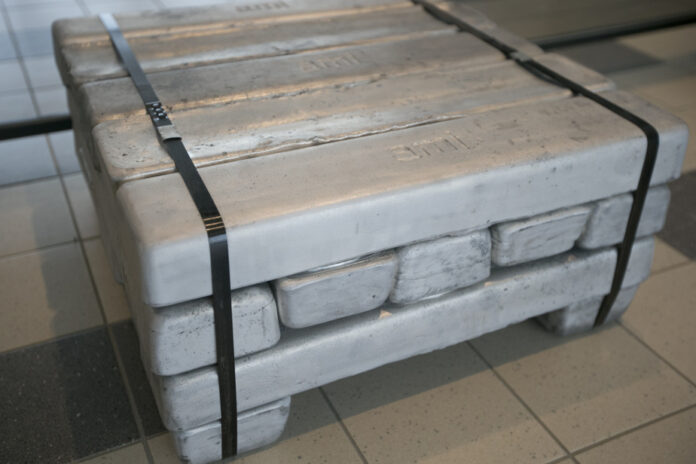(Bromont) The Minister of the Economy, Pierre Fitzgibbon, still believes in the potential of the Tergeo project, which has filed for bankruptcy, but the Legault government will not intervene if other financial partners do not raise their hands.
The Val-des-Sources company in Estrie has placed itself under the protection of the Bankruptcy and Insolvency Act. Formerly known as Alliance Magnesium, the company wanted to transform mine tailings from the Jeffrey asbestos mine into magnesium. The project is called into question while Tergeo accumulates a debt of almost 100 million.
Quebec is one of the main creditors through Investissement Québec which injected 40 million into the company. Investissement Québec also holds 14% of the shares.
Mr. Fitzgibbon still finds the Tergeo project interesting. “I find this project excessively structuring and desirable for Quebec,” replied the minister during a press scrum on Friday, as part of an announcement in Estrie. Because we need to recycle mountains of asbestos. In addition, creating magnesium oxide, silica and nickel… Nickel goes into batteries so it’s a circular economy. »
On the other hand, Quebec will not put more money on the table without the intervention of other private partners. “I would like it to move forward, but unfortunately it requires other partners. »
The game is not over, admits the minister when asked if he is optimistic about the possibility of finding these famous partners. “That’s the point. I don’t want to answer: “yes, we will find some” because the company has tried and, unfortunately, the production of recycling has not been demonstrated yet. There are still some technological risks. »
Asked how much the government would be prepared to provide, Mr. Fitzgibbon mentioned aid of between 20% and 25%, recalling that the project is estimated at 1.5 billion. That could be 300 million to 375 million.
Hydro-Québec’s refusal to connect the project to its network has nothing to do with the company’s difficulties, defended Mr. Fitzgibbon, who is also the Minister of Energy. “It’s easy to blame Hydro-Québec, but Hydro-Québec had nothing to do with the bankruptcy. »
Due to the end of energy surpluses anticipated in 2027, industrial projects of more than 5 megawatts (MW) must obtain the green light from the Ministry of Economy and Energy before being able to connect to the Hydro- Quebec.
Tergeo’s request was rejected, but it was a temporary refusal because the company was not viable at the time of the request, Mr. Fitzgibbon adds. “We allocate energy to projects that are feasible in the short term. This project is very strategic, but there was no short-term visibility. Zero. So why allocate megawatts to a company? […] We’ll see later. »















